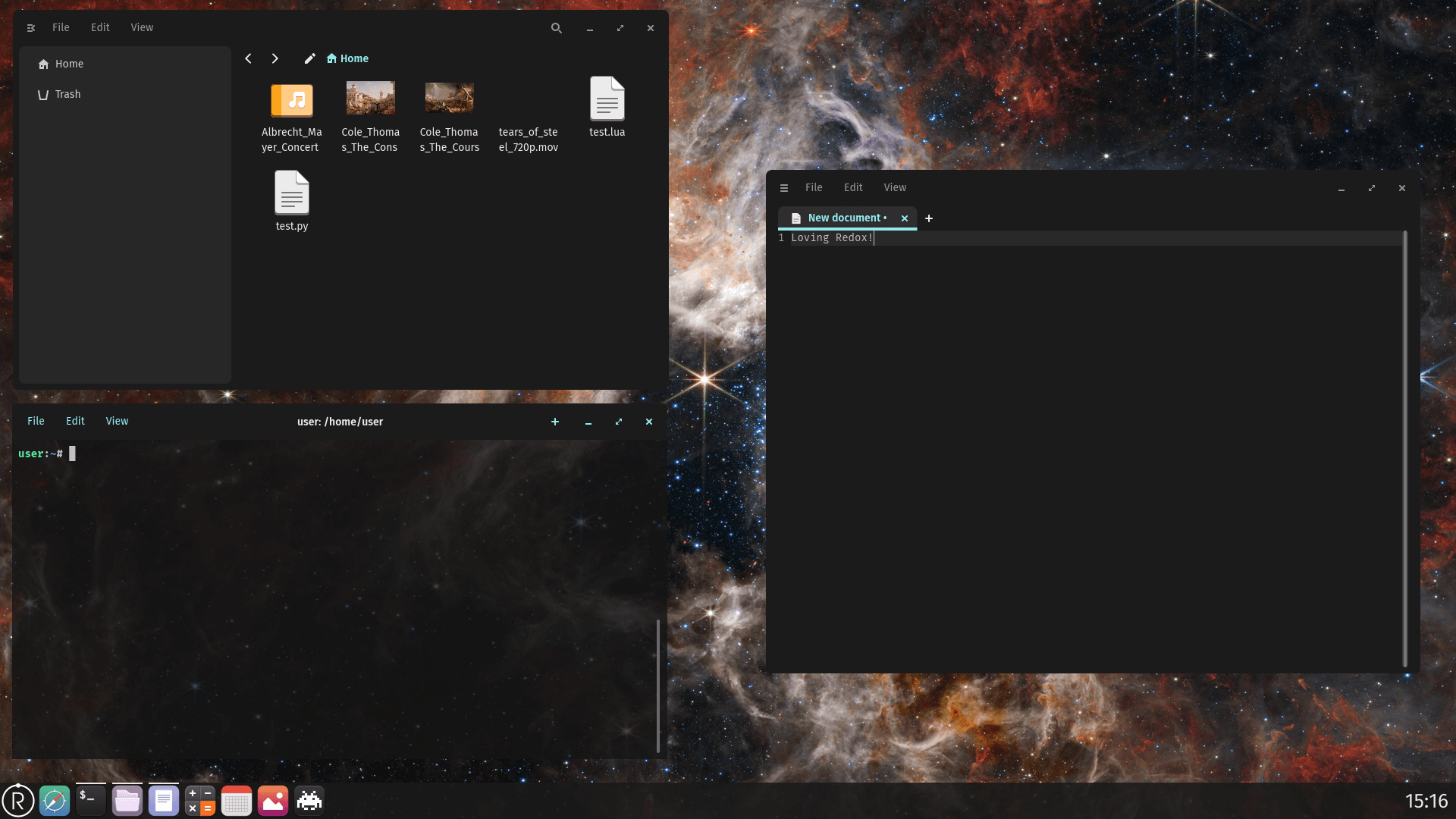Redox is a Unix-like general-purpose microkernel-based operating system written in Rust, aiming to bring the innovations of Rust to a modern microkernel, a full set of programs and be a complete alternative to Linux and BSD.
Features include:
- Inspired by Plan 9, Minix, seL4, BSD and Linux.
- Implemented in Rust.
- Microkernel Design:
- True modularity.
- Bug isolation.
- Restartless design.
- Easy to develop and debug.
- Includes optional GUI – Orbital.
- Partial POSIX compatibility.
- Source compatibility with Linux/BSD programs.
- Supports Rust Standard Library.
- Drivers run in Userspace.
- Includes common Unix/Linux tools.
- Custom C library written in Rust (relibc).
- MIT License.

| Working state: | Active |
| Desktop: | - |
| Init Software: | - |
| Package Management: | pkg |
| Release Model: | Fixed |
| Platforms: | x86_64, i686 |
| Home Page: | www.redox-os.org |
| Developer: | Redox Developers |
| This article is part of our Big List of Active Linux Distros which is currently under development. |
What's a Linux distribution ("distro")? |
| A distro provides the user with a desktop environment, preloaded applications, and ways to update and maintain the system. Each distro makes different choices, deciding which open source projects to install and provides custom written programs. They can have different philosophies. Some distros are intended for desktop computers, some for servers without a graphical interface, and others for special uses. Because Linux is an open source operating system, combinations of software vary between Linux distros. |
